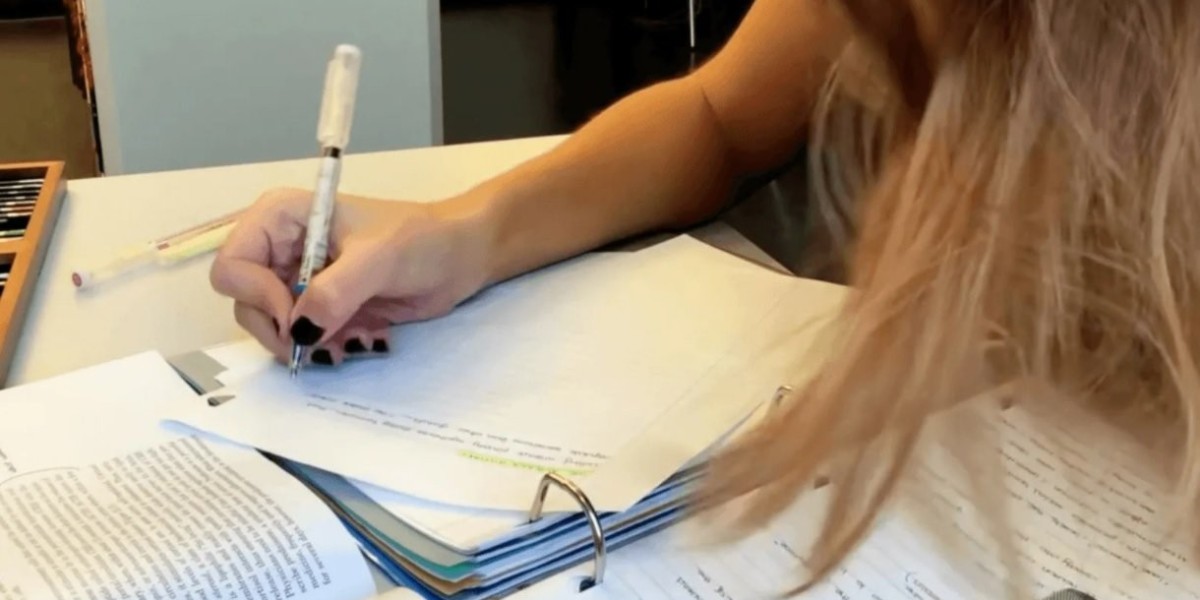3D printing has revolutionized the way we create and manufacture objects. Among the various materials available, ABS filament stands out for its durability and versatility. This easy guide to 3D printing with ABS filament will help you navigate the essential steps for successful printing.

Understanding ABS Filament
ABS, or Acrylonitrile Butadiene Styrene, is a popular thermoplastic used in 3D printing. It is known for its strength, impact resistance, and ability to withstand high temperatures. But why should you choose ABS over other materials? Here are some key benefits:
- High durability and strength
- Good heat resistance
- Easy to post-process (sanding, painting)
- Cost-effective compared to other filaments
Preparing Your 3D Printer for ABS Printing
Before diving into the printing process, it is crucial to prepare your 3D printer properly. Here are some steps to ensure a smooth experience:
- Check your printer's specifications to ensure it can handle ABS filament.
- Clean the print bed thoroughly to enhance adhesion.
- Set the nozzle temperature between 220°C and 250°C, depending on your specific ABS filament.
- Adjust the bed temperature to around 80°C to 110°C for optimal adhesion.
Tips for Successful ABS Printing
Printing with ABS can be challenging, but with the right techniques, you can achieve excellent results. Here are some tips to consider:
- Use an enclosure to maintain a stable temperature and reduce warping.
- Apply a suitable adhesive on the print bed, such as glue stick or ABS slurry.
- Ensure proper ventilation, as ABS can emit fumes during printing.
- Monitor your print closely to catch any issues early.
Troubleshooting Common Issues
Even with careful preparation, you may encounter problems while printing with ABS. Here are some common issues and their solutions:
- Warping: Ensure your bed is heated adequately and consider using an enclosure.
- Stringing: Adjust retraction settings in your slicer software.
- Layer adhesion issues: Increase the nozzle temperature slightly to improve bonding.
For more detailed troubleshooting tips, check out this ABS 3D Printing Success Guide.
Conclusion
In conclusion, this easy guide to 3D printing with ABS filament provides a comprehensive overview of the essential steps, tips, and troubleshooting techniques. By understanding the properties of ABS and preparing your printer correctly, you can create high-quality prints that meet your needs. Happy printing!






